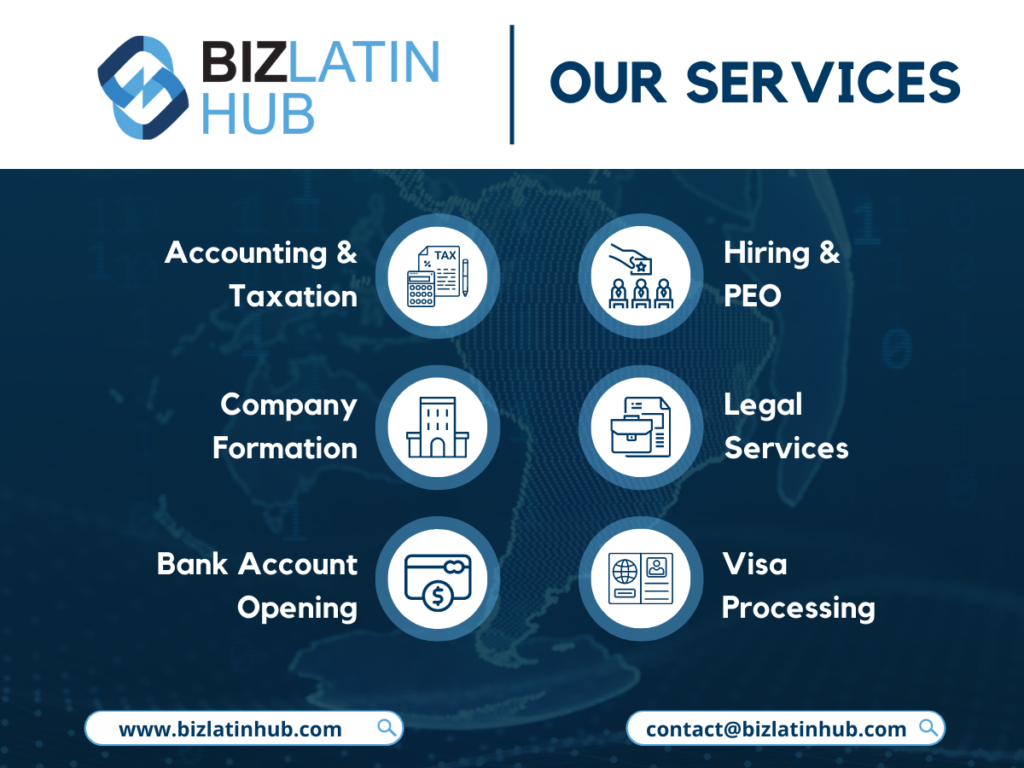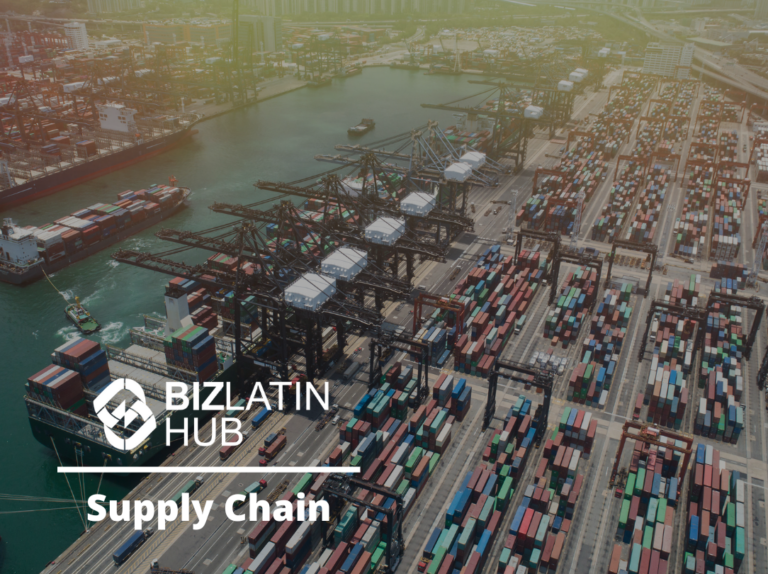Digitalization is about to transform almost every aspect of supply chains around the world. With the future potential of Industry 4.0 becoming our current reality, the industry is in the midst of rapid change. In the last two years, value chains have faced unique challenges, from lockouts to a lack of global supply chain coordination, and even war. The time has come to find innovative solutions to address these problems.
Cloud computing, cyber-physical systems and the Internet of Things are changing the way businesses operate. Industry experts and CEOs see digitization as the best way to achieve cost reduction and revenue growth, and companies like Flexport are already addressing this challenge from a freight forwarder perspective. With an increasingly efficient and advanced supply chain industry, companies that fail to adapt will find themselves lagging behind their competitors.
Although the benefits of digitization are clearly enumerated and the results are well known, there is still hesitation and lack of motivation to adopt technological changes to existing business models. Many SMEs are unable to see the benefits of joining a B2B supply chain network type solution, rather than competing ‘manually’ for relevance in a
For emerging markets, and specifically for regions such as Latin America, where there’s such a vast array of entrepreneurial activity, as well as a strong manufacturing sector, breaking the mold of traditional B2B communications and negotiations is of utter importance. In that regard, the Internet has become a distinct medium through which rapid, multi-directional conversations and transactions can be facilitated, resulting in increased operational efficiencies and optimized costs for buyers and sellers at a global level.
The ones to derive the most benefit from a network-style solution are the region’s SMEs — small organizations that are typically unable to engage in global commerce without an external agent’s assistance. Therein lies the huge opportunity for engagement and increased competitiveness within an international marketplace.

Today’s modern supply chains are not linear, but dynamic and multi-directional — and the limited tech stack currently available to supply chain professionals does not serve that non-linearity correctly.
Innovation in the supply chain is helping top companies around the world decrease lead times, minimize risk, cut costs and drive growth. To create this type of supply chain innovation in an era of rapidly changing markets, geographic shifts and expanding capabilities brought on by new technologies, successful businesses are increasingly turning to collaboration with other industry members – and sometimes even with competitors.
SEE ALSO: Business in Ecuador’s Technology Entrepreneurship Ecosystem
Some ways in which businesses are pooling resources in order to drive supply chain innovation can be listed below:
Seeking Opportunities with Competitors
Forming relationships with competitors in order to drive new growth might seem counterintuitive, but it is bringing unexpected advantages to businesses in many industries. In particular, businesses in new industries can gain new visibility by partnering with their competitors.
1 + 1 = 3. The important part is for the business opportunity to create synergy between the competitors while working together.
Joining Industry Clusters
Industry clusters, also known as business clusters, are concentrations of businesses in the same geographic area that bring about a competitive advantage through a concentration of resources. The theory behind industry clusters was spearheaded by Harvard Business School professor Michael Porter in The Competitive Advantage of Nations.
Businesses located in the same geographic area whose competencies complement each other can collaborate, whether formally or informally, in industry clusters. When they work together, industry cluster members create greater growth potential and increase their competitive advantage.
Sharing Technology in Supply Chain Innovation
All leading businesses recognize that innovating their processes and technologies is imperative in the globalizing economy, but not every company has the resources to facilitate the research that would lead to streamlined operations. 46 percent of manufacturers alone reported limited operational and financial resources as the biggest blocker to their efforts to innovate in a survey conducted by KPMG. Sharing technology, then, is one-way businesses are bypassing financial restrictions to drive supply chain innovation.
Establishing R&D Partnerships
Besides sharing technology, innovative businesses are also establishing R&D partnerships to drive supply chain innovation. Such partnerships generate a much higher return on investment from research efforts by spreading research-related costs across multiple businesses.
Collaboration with Suppliers
One factor preventing improvements and supply chain innovation is a lack of supply chain visibility. New technologies, however, are allowing for increased transparency and trust between suppliers and their customers. In the future, increased supplier transparency and supply chain innovation will lead to shorter and more reliable supply chains.
A New Way to Find Partners
As advancing technologies and localized industry clusters push businesses to pool resources, we can expect to see supply chain innovation move at a faster rate than ever before. Such innovations will decrease lead times, create stability and, ultimately, encourage more collaboration.
If your business is looking to enter a technology, research or any other partnership in order to innovate your supply chain, you can post your opportunity on Powerlinx to connect with the right businesses.
If this article on supply chain was of interest to you, contact us to find out more about how we can assist you in do business in Latin America and the Caribbean.

This article is an external submission and the content whilst reviewed is not prepared, endorsed and owned by the Biz Latin Hub Group




